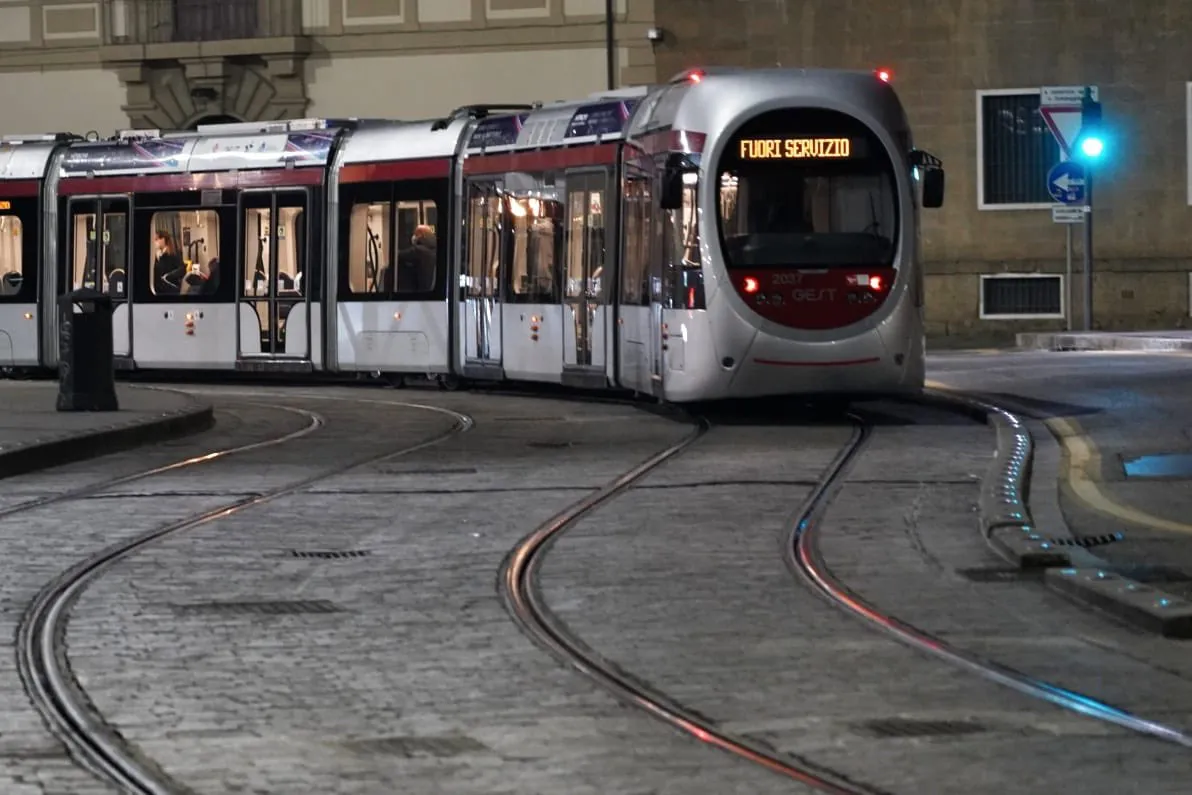The launch of autonomous vehicles and a host of electronic components render the current 12-volts (v) battery nearly unusable, says a new report by Frost & Sullivan, Strategic Analysis of the Global 48v Power-net Market.
To meet stringent global emissions regulations and offer a basic semi-autonomous system, original equipment manufacturers (OEMs) must electrify components while offering a bigger source of power. Therefore, OEMs plan to migrate to a 48v power-net and use two voltages. Heavy-duty, power-h
February 17, 2017
Read time: 3 mins
The launch of autonomous vehicles and a host of electronic components render the current 12-volts (v) battery nearly unusable, says a new report by 2097 Frost & Sullivan, Strategic Analysis of the Global 48v Power-net Market.
To meet stringent global emissions regulations and offer a basic semi-autonomous system, original equipment manufacturers (OEMs) must electrify components while offering a bigger source of power. Therefore, OEMs plan to migrate to a 48v power-net and use two voltages. Heavy-duty, power-hungry and parasitic applications such as rear-window heating, supercharger and pumps will port to the new 48v power-net. This shift will reduce vehicle weight, fuel consumption and CO2 emissions.
The report evaluates the current status, challenges, market size, future potential and impact of the 48v power-net market on the automotive value chain. Regions assessed include North America, Europe, and Asia (China and South Korea).
“OEMs such as1685 Mercedes Benz, 2125 Audi and 994 Volkswagen will migrate completely to 48v mild hybrid solutions by the end of 2025, in addition to offering plug-in hybrid electric vehicles (PHEVs) and electric vehicles (EVs) across the model range,” said Frost & Sullivan Mobility research analyst Manish Menon. “Audi and Volkswagen are looking at improving the vehicle performance in terms of ride and handling, and are expected to offer chassis components like roll stabilizers and electric dampers as 48v applications. Mass-market OEMs such as 278 Ford and 948 General Motors are in a wait-and-watch mode and will likely offer 48v across the model line-up rather than as a trim level option.”
Other noteworthy drivers for the migration and adoption of a 48v include:
48v is the ideal platform to push more electrified components into the market, offering consumers instantaneous response at a considerably lower price point compared to PHEVs.
An increased on-board power-net voltage such as the 48v is expected to increase the output power threshold by four times compared to the current 12v power-net, better managing higher power requirements and reducing the electrical current levels.
48v facilitates the switch from hydraulic and mechanical belt-driven systems to electrically powered ones, thus reducing the mass and volume at a vehicle level as well as allowing for more packaging flexibility and reduced packaging constraints.
Migrating to a 48v power-net will allow for accessories to be located outside the engine bay, allowing for lower-weight packaging, higher fuel efficiency and lower tailpipe emissions.
“Despite best efforts to develop new battery technologies and improve existing ones, numerous barriers remain that require attention, such as issues with reliability, safety and migration strategies,” noted Menon.
To meet stringent global emissions regulations and offer a basic semi-autonomous system, original equipment manufacturers (OEMs) must electrify components while offering a bigger source of power. Therefore, OEMs plan to migrate to a 48v power-net and use two voltages. Heavy-duty, power-hungry and parasitic applications such as rear-window heating, supercharger and pumps will port to the new 48v power-net. This shift will reduce vehicle weight, fuel consumption and CO2 emissions.
The report evaluates the current status, challenges, market size, future potential and impact of the 48v power-net market on the automotive value chain. Regions assessed include North America, Europe, and Asia (China and South Korea).
“OEMs such as
Other noteworthy drivers for the migration and adoption of a 48v include:
48v is the ideal platform to push more electrified components into the market, offering consumers instantaneous response at a considerably lower price point compared to PHEVs.
An increased on-board power-net voltage such as the 48v is expected to increase the output power threshold by four times compared to the current 12v power-net, better managing higher power requirements and reducing the electrical current levels.
48v facilitates the switch from hydraulic and mechanical belt-driven systems to electrically powered ones, thus reducing the mass and volume at a vehicle level as well as allowing for more packaging flexibility and reduced packaging constraints.
Migrating to a 48v power-net will allow for accessories to be located outside the engine bay, allowing for lower-weight packaging, higher fuel efficiency and lower tailpipe emissions.
“Despite best efforts to develop new battery technologies and improve existing ones, numerous barriers remain that require attention, such as issues with reliability, safety and migration strategies,” noted Menon.









